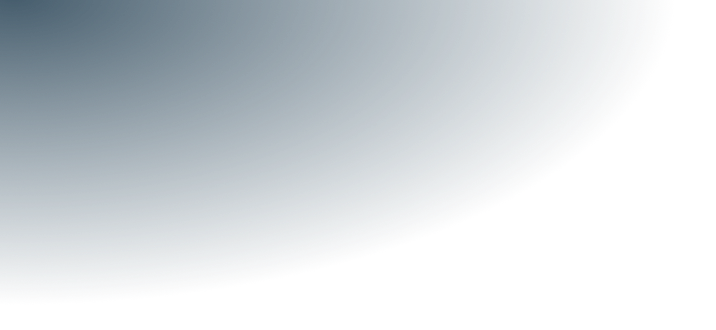Discover Schloss Hallwyl!
In the many rooms at Hallwyl Castle there are individual steles with numbers for the audio guide. By typing in the number in the audio guide, you can listen to the text on the stele. The texts can be played in German, French or English.
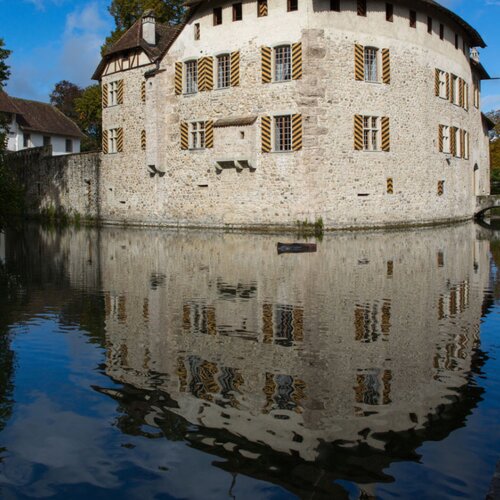
#110
customs and trade in the Seetal
straw industry in the Seetal
EN

#111
customs and trade in the Seetal
straw industry in the Seetal
EN

#112
customs and trade in the Seetal
tobacco industriy in the Seetal
EN

#113
customs and trade in the Seetal
tobacco industriy in the Seetal
EN

#114
customs and trade in the Seetal
for souvenirs: baptism, confirmation, wedding
EN

#115
customs and trade in the Seetal
midwinter customs in Hallwil
EN

#150
praying and hoping
EN

#155
praying and hoping
at the top, at the bottom
EN

#156
praying and hoping
the Catholic Branch
EN

#157
praying and hoping
beyond society
EN

#158
praying and hoping
according to rank
EN

#159
Udelhild von Hallwyl
before 1354 - 1405
EN

#164
praying and hoping
holy services, divine celebrations
EN

#165
Hartmann II.
before 1435 - 1503
EN

#174
praying and hoping
schism
EN
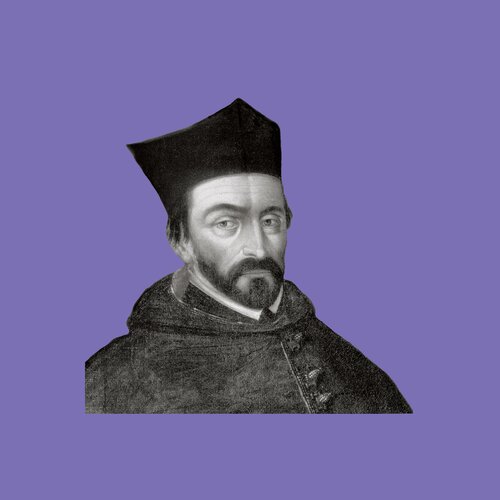
#175
Johann Georg
1555 - 1604
EN

#180
praying and hoping
the court of public morality
EN
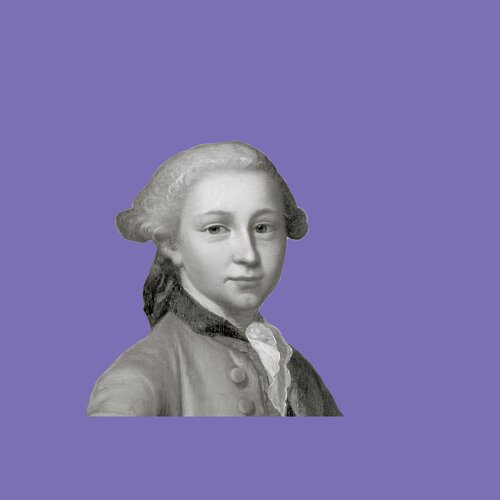
#181
Abraham Johannes
1746 - 1779
EN

#200
presiding and prevailing
EN

#202
presiding and prevailing
Johans I. - in the service of austria
EN

#203
presiding and prevailing
the great hall as a center of power
EN
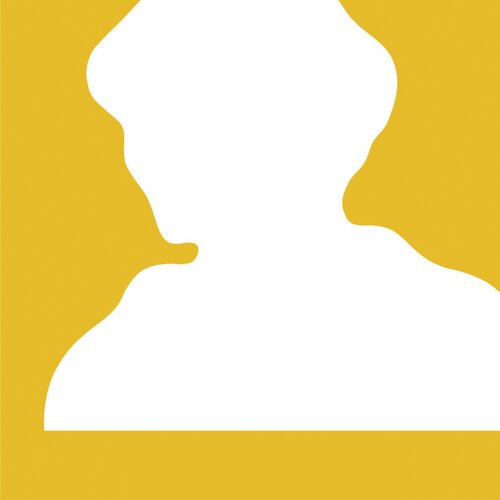
#208
Johanns I.
before 1305 - 1348
EN

#209
Johanns I.
before 1305 - 1348
EN

#220
presiding and prevailing
no place of execution in the castle
EN

#223
presiding and prevailing
bread and water prisoners
EN

#226
sowing and reaping
EN

#225
Dietrich
1462 - 1509
EN

#227
sowing and reaping
earnings and expenses of the lords of the castle
EN

#229
sowing and reaping
the village people and their posts
EN

#231
sowing and reaping
cold storage without freezer
EN

#233
sowing and reaping
the staple diet: cereals, peas and beans
EN

#236
Rudolf III.
1373 - 1440
EN

#237
sowing and reaping
fishing - part of the economy
EN

#250
research and healing
EN

#251
research and healing
from head to toe - recipes for humans and animals
EN
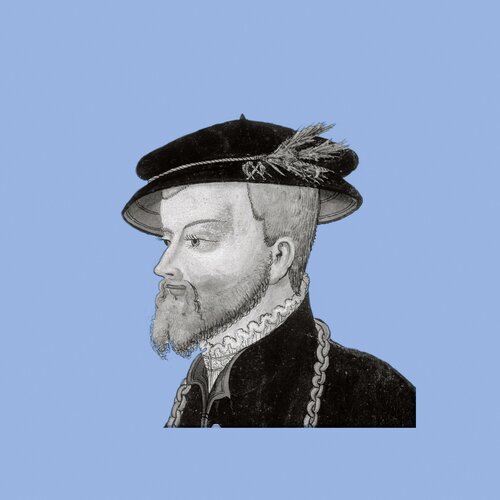
#253
Burkhard III.
1535 - 1598
EN

#258
research and healing
medicine in the 16th century
EN

#259
research and healing
what makes people sick?
EN
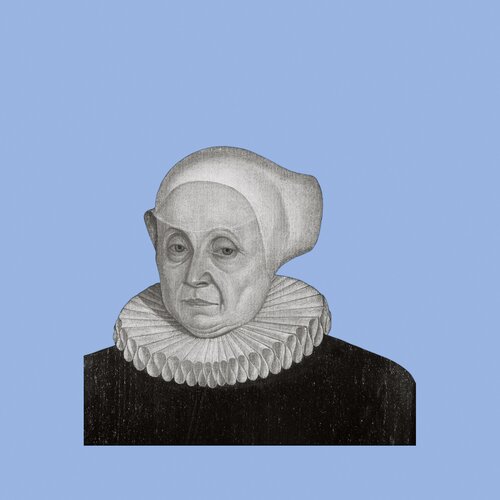
#260
Margaretha gb. Löwenberger
1540 - 1610
EN

#268
research and healing
prevention and healing in the bath room
EN

#275
celebrations and festivities
EN

#279
celebrations and festivities
dance and music: despite all prohibitions
EN
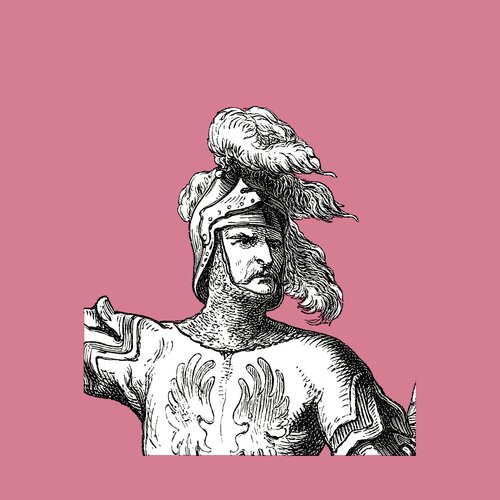
#293
Hans von Hallwyl
1434 - 1504
EN

#302
become and be
only the men count
EN

#304
become and be
from boy to lord
EN
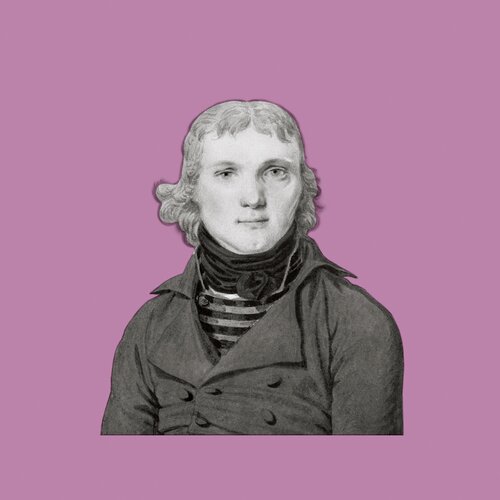
#305
Johann
1776 - 1802
EN
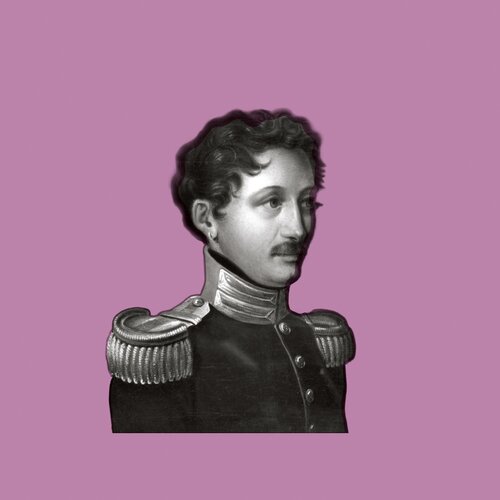
#306
Karl Gabriel
1778 - 1852
EN
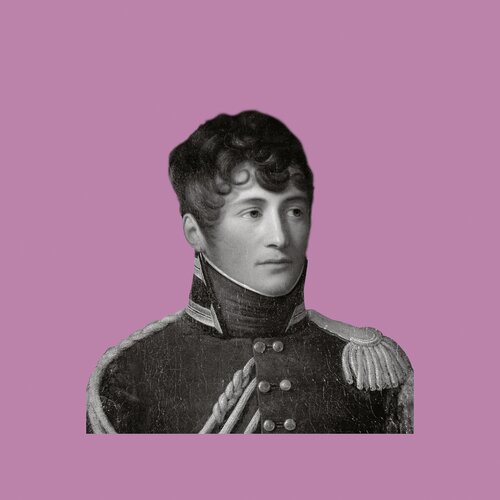
#307
Franz
1777 - 1852
EN

#308
Christopher
1978
EN

#311
become and be
from girl to lady
EN

#313
Tamina
1976
EN

#317
become and be
the pleasure at the end
EN
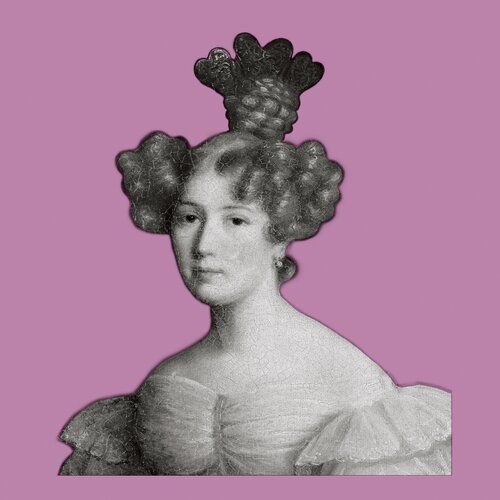
#318
Cäcilia v. Im Hof
1815 - 1893
EN

#320
become and be
women's life
EN
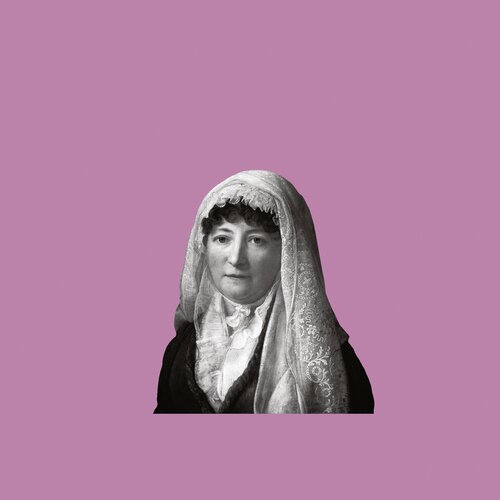
#321
Franziska Romana
1758 - 1836
EN

#327
become and be
killing for money and honor
EN

#328
become and be
soldiers for salt and pensions
EN
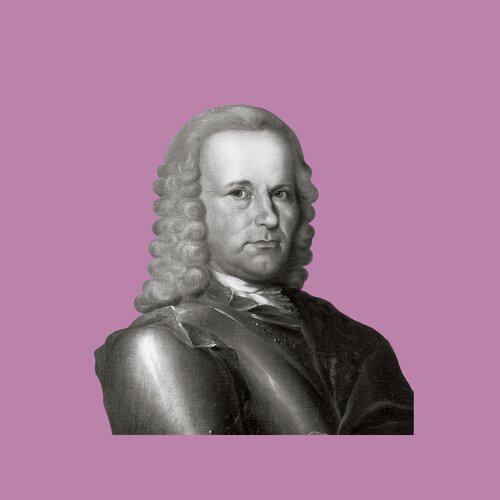
#329
Johannes
1688 - 1753
EN

#333
coming and going
EN

#334
coming and going
the toilet
EN

#336
coming and going
coming into the world
EN

#337
coming and going
going from the world
EN
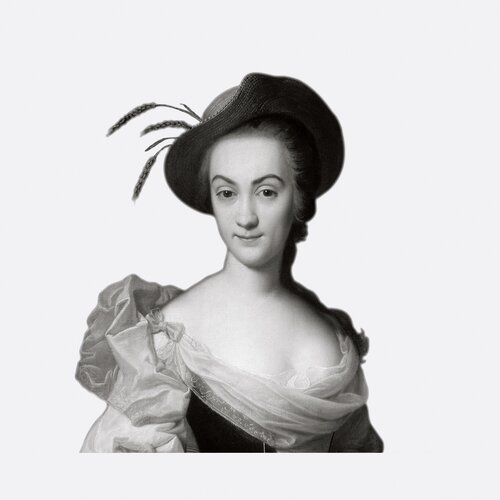
#338
Bernhardine von Diesbach
1728 - 1779
EN

#342
collecting and securing
EN

#343
collecting and securing
money and nobility
EN
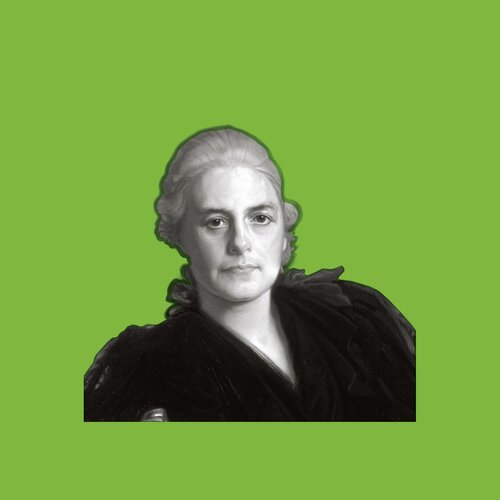
#344
Wilhelmina geb. Kempe
1844 - 1930
EN

#347
collecting and securing
museum instead of residence
EN
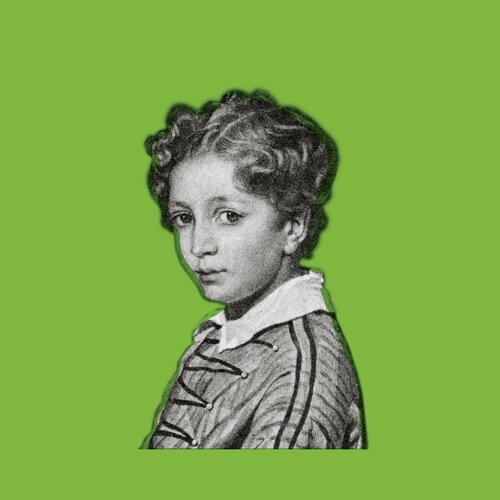
#348
Hans
1835 - 1909
EN

#351
collecting and securing
collecting: a passion
EN

#450
rattling and ruckling
mill, saw, grater, brickyard - a commercial centre
EN

#451
rattling and ruckling
EN
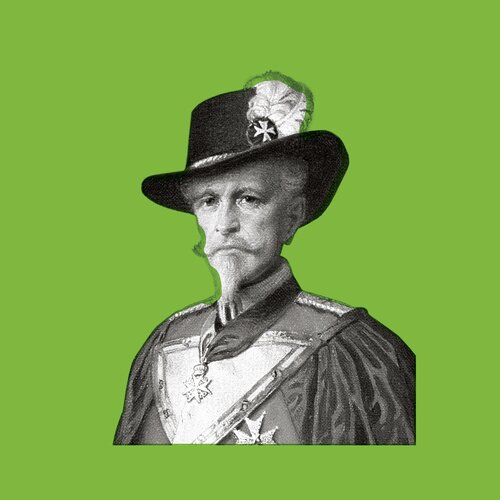
#352
Walter
1839 - 1921
EN

#452
rattling and ruckling
the mill at the castle
EN

#453
rattling and ruckling
it grinds nothing but love
EN

#454
rattling and ruckling
water wheels
EN

#460
rattling and ruckling
millstones rotate on the grinding table
EN

#461
rattling and ruckling
it's not good to play the harp in the mill
EN

#463
rattling and ruckling
from the comb wheel to the funnel
EN

#470
travel and transport
EN

#471
travel and transport
barge from the 16th century
EN

#473
travel and transport
barge
EN

#481
travel and transport
on the road on an official mission
EN

#482
Hartmann III.
1503 - 1573
EN

#483
Michael
1944
EN
Gravestones and memorial
Until 1450, the von Hallwyl family buried their relatives in Kappel Abbey in Kappel am Albis, 40 kilometres away, before the family vault was relocated to the church in Seengen. Following the demolition of the church, the gravestones and tombstones were moved to the castle. The memorial to Johann von Hallwyl (1776–1802) and Dorothea Ustery (1765–1804) was erected by Franziska Romana von Hallwyl.
Granary
The original building dates back to the 14th century. Once twice as large as it is today, it served the von Hallwyl family as a palas (a residential building within the castle) until the 15th century. The building was burnt down when Bernese troops conquered the Aargau in 1415. It was rebuilt as a storehouse (granary) in 1520.
Front castle
In the first half of the 14th century, the island at the front was backfilled. The front castle was built on top of this in 1434, housing prestigious living quarters. In 1582, the stair tower was added and further alterations made. In 1874, the castle looked like an unfinished new building in the Gothic style, and in 1910–1916 it was restored to its mediaeval design.
Castle barn
Working buildings stood on this site from the early 14th century onwards, including a large bakehouse. Today's building is a 1916 reconstruction based on old plans and archaeological finds. The eastern part of the roof truss dates from 1580, the western part from 1757.
Castle chapel
Site of the former castle chapel, which was built in the 14th century. A specially appointed castle chaplain said Mass every day. Remains of the chapel show traces of Gothic lancet windows facing the courtyard. After the Reformation, the chapel housed a winepress, before finally being demolished in the 18th century.
Mill barn (replacement building)
The working buildings for the mill may have stood here as early as the 14th century. The new building constructed in 1957 covered the mill canal, which was no longer needed. The 1950s building was demolished in 2003, being replaced with a building of the same dimensions as the older barn from the 17th century.
Mill
The mill was first mentioned in 1346. The core of the current building was built in approximately 1638, with the oak milling table for four grinding gears dating from the same time. The mill remained in operation until around 1924. The extension towards Seengen was built around 1820/1830 and that towards the north around 1860. The latter was rebuilt using the old dimensions during renovation work in 2003.
Stair Tower
The stair tower was built in 1590 to replace the external wooden arcades. The reconstruction of the gallery on the 2nd floor dates from 2001.
Residential tower
The residential tower is the oldest building in the castle. It was constructed in the late 12th century as a three-storey building with a hipped roof and stonework of massive boulders. The residential tower was dismantled – apart from the ground floor – around 1810.
Palas
This residential building, whose oldest parts date from 1265, developed from a three-storey construction with two rooms on each floor. It was extended to the south in 1420 and to the north around 1520 and then heavily remodelled in 1588, including the construction of a new knights' hall. The extensions were demolished around 1810.
Moat and curtain wall
The first moat around the residential tower was built in the 12th century. Today’s curtain wall and moat were built in the 14th century. The castle mill, built in 1637, is visible from here.
Dungeon tower
Originally constructed around 1500 as a defence tower, the dungeon tower was later rebuilt and used as a prison.
Stair tower
The stair tower was built in 1582 to replace the external wooden galleries. As well as serving as an escape route in the event of a fire, the stair towers also raised the prestige of the castle.
